Top 10: Blogs Things to Check Before Buying a Used Refrigerator

Content
Buying a used refrigerator can be a cost-effective solution, especially in an era where affordability and budget-conscious decisions are becoming more important. According to recent studies, the average American household spends over $1,000 on a new refrigerator, making a used option appealing to those looking to save money. However, not all used refrigerators are created equal, and a careful evaluation is essential to ensure you get a reliable and efficient appliance. It's worth noting that refrigerators account for about 13% of a household's energy consumption, so choosing an energy-efficient model, even when buying used, can lead to significant savings on your utility bills. Interestingly, modern refrigerators are designed to last around 10 to 20 years, but their performance can vary greatly based on usage, maintenance, and brand. Before making a purchase, potential buyers should be aware of key factors such as the age of the refrigerator, the condition of its seals and gaskets, and its overall cooling efficiency. These aspects not only affect the refrigerator's functionality but also its impact on your monthly expenses and environmental footprint. By following a thorough checklist, you can make an informed decision that balances cost, performance, and longevity, ensuring your investment pays off in the long run.
1 Age of the Refrigerator
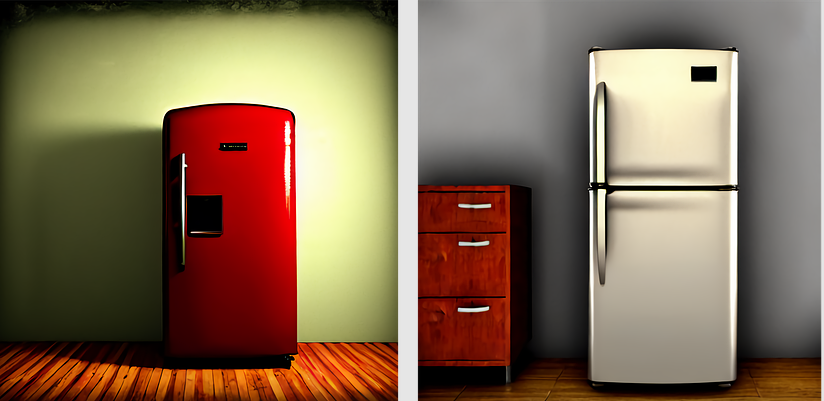
Overview
Manufacturing Date
Look for the manufacturing date on a label inside the fridge to determine its age.
Lifespan Expectancy
Refrigerators typically last between 10 to 20 years; older models may be less efficient and more prone to breakdowns.
Detailed Description
The age of a refrigerator significantly impacts its efficiency and remaining lifespan. Generally, a refrigerator is built to last between 10 to 20 years, depending on the brand and model. Older refrigerators, especially those over ten years old, may be less energy-efficient and more prone to breakdowns. So, finding replacement parts for older models can be challenging and expensive. To determine the age of the refrigerator, ask the seller for the purchase date or look for the manufacturing date, which is typically found on a label inside the fridge or on the back. If the seller cannot provide this information, you might consider looking up the model number online to find its production years. Knowing the age helps you gauge whether the appliance is worth the investment or if it’s nearing the end of its useful life.
2 Condition of the Seals and Gaskets
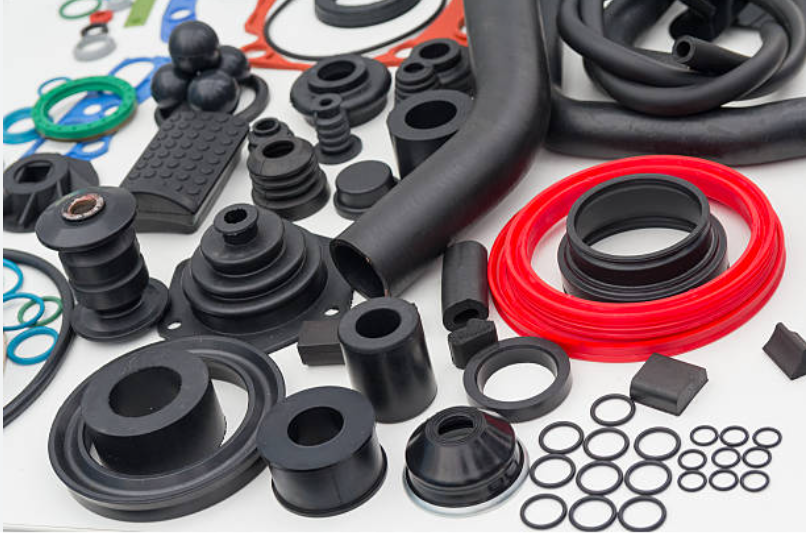
Overview
Visual Inspection
Examine the seals for cracks, tears, or brittleness, as damaged seals can affect efficiency.
Dollar Bill Test
Close the door on a dollar bill; if it pulls out easily, the seal may need replacing.
Detailed Description
The seals and gaskets on a refrigerator door are crucial for maintaining a consistent internal temperature. They prevent cold air from escaping and warm air from entering, ensuring the appliance operates efficiently. Worn or damaged seals can cause the refrigerator to work harder, increasing energy consumption and leading to higher electricity bills. When inspecting the refrigerator, carefully examine the door seals for any signs of wear, such as cracks, tears, or brittleness. A simple test is to close the door on a piece of paper or a dollar bill; if you can pull it out easily, the seal may need to be replaced. Replacing door seals can be relatively inexpensive, but it's important to factor this into the overall cost if the seals are in poor condition.
3 Cooling Efficiency
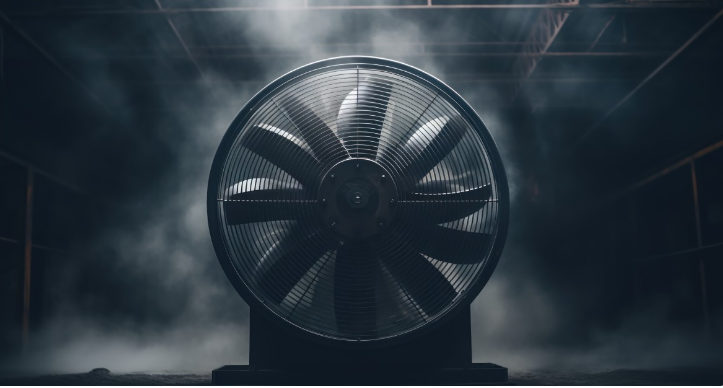
Overview
Temperature Check
Run the refrigerator for 30 minutes and ensure it reaches appropriate cooling temperatures in both compartments.
Unusual Noises
Listen for strange noises like loud humming or clicking, which could indicate underlying issues.
Detailed Description
A refrigerator's primary function is to keep your food and beverages cold, so ensuring it cools efficiently is essential. Before purchasing, ask the seller to plug in the refrigerator and let it run for at least 30 minutes. This allows you to check if it reaches and maintains the appropriate temperatures in both the fridge and freezer compartments. Feel the temperature inside both compartments to ensure they are cooling properly. The refrigerator should be between 35°F and 38°F, while the freezer should be around 0°F. Therefore, listen for any unusual noises, such as loud humming or clicking sounds, which could indicate underlying issues with the compressor or other components. A refrigerator that doesn’t cool efficiently or makes strange noises may require costly repairs.
4 Check for Any Signs of Damage or Wear
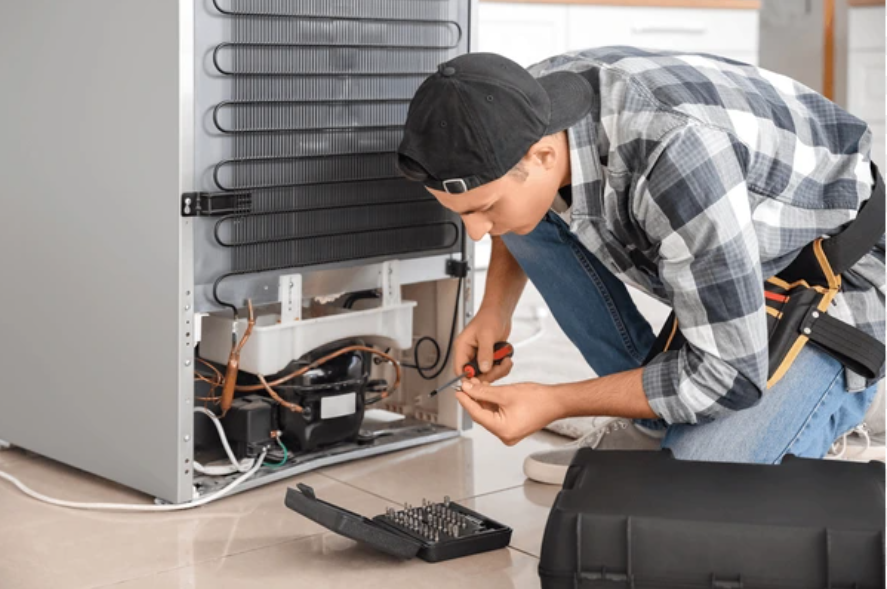
Overview
External Inspection
Look for dents, scratches, and rust on the exterior, which might indicate rough handling.
Internal Condition
Inspect shelves, drawers, and components for functionality and excessive wear and tear.
Detailed Description
Physical condition is a good indicator of how well the refrigerator has been maintained. Carefully inspect both the exterior and interior for any signs of damage, such as dents, scratches, or rust. While minor cosmetic damage might not affect functionality, extensive damage could indicate rough handling or neglect. Open the refrigerator and examine the shelves, drawers, and other components. Ensure that everything is intact, functional, and free from excessive wear and tear. Broken or missing parts can be a hassle to replace and may affect the appliance's usability. Thus, check the door hinges and handles to ensure they are sturdy and in good working condition. A well-maintained refrigerator is more likely to perform reliably over time.
5 Assess the Compressor
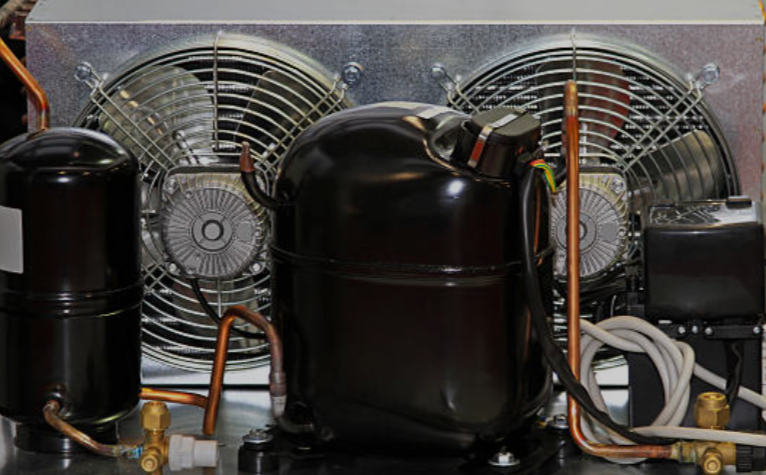
Overview
Noise Levels
Listen to the compressor; it should emit a steady, low hum without unusual noises.
Heat Check
Feel the back of the fridge; it should be warm but not excessively hot, indicating normal operation.
Detailed Description
The compressor is the heart of a refrigerator, responsible for circulating refrigerant and maintaining the desired temperatures. A malfunctioning compressor can lead to inefficient cooling or complete appliance failure, making it crucial to assess its condition before purchasing a used refrigerator. Listen to the compressor when the refrigerator is running. It should emit a steady, low hum. Loud, constant, or unusual noises, such as knocking or clicking, can be red flags indicating potential problems. They feel the back of the fridge; it should be warm but not excessively hot. An overheating compressor could signal issues that might require expensive repairs. If the compressor appears to be in good working order, it increases the likelihood of the refrigerator functioning efficiently.
6 Evaluate the Energy Efficiency

Overview
Energy Star Rating
Look for the Energy Star label to ensure the refrigerator is energy-efficient.
Energy Consumption
Check the energy usage details and compare with newer models to assess potential savings.
Detailed Description
Energy efficiency is a significant consideration when purchasing a used refrigerator, as older models can consume more electricity, leading to higher utility bills. Modern refrigerators are designed to be more energy-efficient, and many carry Energy Star ratings to indicate their efficiency. Look for the Energy Star label or check the energy consumption details on the refrigerator. Compare this with newer models to determine if the savings on the purchase price will be offset by higher energy costs. Even if the refrigerator doesn’t have an Energy Star rating, you can find the energy usage information inside the fridge or on the manufacturer’s website. An energy-efficient refrigerator is not only better for the environment but also more cost-effective in the long run.
7 Inspect the Defrosting Mechanism
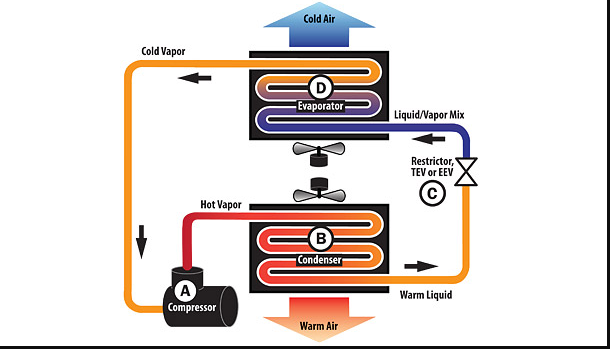
Overview
Automatic Defrost
Ensure the refrigerator has a functioning automatic defrost system to prevent frost build-up.
Drain Pan
Check the drain pan for excessive water or leakage, which can indicate defrosting issues.
Detailed Description
Most modern refrigerators come with an automatic defrost system, which prevents frost build-up in the freezer and ensures the appliance runs efficiently. A malfunctioning defrost mechanism can lead to ice accumulation, reducing the available storage space and causing the refrigerator to work harder. Check if the refrigerator has an automatic defrost feature and ensure it’s functioning correctly. Look at the drain pan for excessive water or signs of leakage, which can indicate defrosting issues. If the defrost system is not working, it might require repair or manual defrosting, which can be inconvenient. Ensuring the defrost mechanism is operational helps maintain the refrigerator’s efficiency and prolongs its lifespan.
8 Check for Unpleasant Odors

Overview
Smell Test
Open the doors and check for strong or unpleasant odors that may indicate mold or poor maintenance.
Mold and Mildew
Inspect hidden areas like door seals for signs of mold or mildew, which can be difficult to remove.
Detailed Description
Unpleasant odors can be a sign of underlying issues such as mold, mildew, or spoiled food residue, which can be challenging to remove completely. Persistent odors can affect the taste and smell of your stored food and may indicate poor maintenance by the previous owner. Open the refrigerator doors and take a sniff. If you detect strong or unpleasant odors, consider whether they can be removed with thorough cleaning. Check for mold or mildew, especially in hidden areas like the door seals and crevices. If the refrigerator has been well-maintained and cleaned regularly, it’s less likely to have persistent odors. Selling a fridge is a better investment as it indicates better hygiene and maintenance.
9 Verify the Warranty and Return Policy

Overview
Remaining Warranty
Ask the seller about any remaining warranty and request documentation for verification.
Return Policy
Inquire about the return policy, especially when buying from a store, for peace of mind.
Detailed Description
Purchasing a used refrigerator can come with risks, and having a warranty or return policy can provide peace of mind in case the appliance has hidden issues. Some used refrigerators might still be under the manufacturer’s warranty, especially if they are relatively new. Ask the seller if there is any remaining warranty on the refrigerator and request documentation for verification. Additionally, inquire about the return policy, particularly if you are buying from a store or a reseller. A return policy allows you to return the appliance if it doesn’t meet your expectations or if it develops problems shortly after purchase. This safety net can be particularly valuable when investing in a used appliance.
10 Research the Brand and Model

Overview
Brand Reputation
Research the brand and model to understand their reputation for reliability and performance.
User Reviews
Look for reviews and ratings from other users to identify common issues and overall satisfaction.
Detailed Description
Certain refrigerator brands and models are known for their reliability and longevity, while others may have a history of frequent issues. Doing some research on the specific brand and model you are considering can provide insights into its performance and durability. Look for online reviews and ratings from other users to gauge common issues and overall satisfaction. Reliable sources include consumer review websites and forums where users share their experiences with specific appliances. Understanding the reputation of the brand and model can help you make a more informed decision and avoid potential pitfalls. A well-regarded refrigerator is more likely to provide reliable service and meet your expectations.
Closing Remarks
In conclusion, purchasing a used refrigerator can be a wise financial decision if approached with diligence and care. By thoroughly inspecting the age, seals, cooling efficiency, and other critical components, you can avoid the pitfalls of buying an unreliable appliance. Moreover, understanding the energy efficiency and defrosting mechanisms can further enhance your savings and reduce your environmental impact. Remember to verify any available warranties and return policies to safeguard your purchase. Armed with this comprehensive checklist, you're well-prepared to find a used refrigerator that meets your needs without compromising on quality or performance. Yeah, your new (to you) refrigerator will serve you well for years to come!
Faqs
What should I look for when buying a used refrigerator?
How do I know if a used refrigerator is still good?
Is it worth buying a used refrigerator?
How can I test a used refrigerator before buying?
What is the average lifespan of a used refrigerator?
What brands of refrigerators are the most reliable?
Leave a Comment
